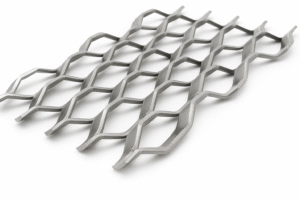








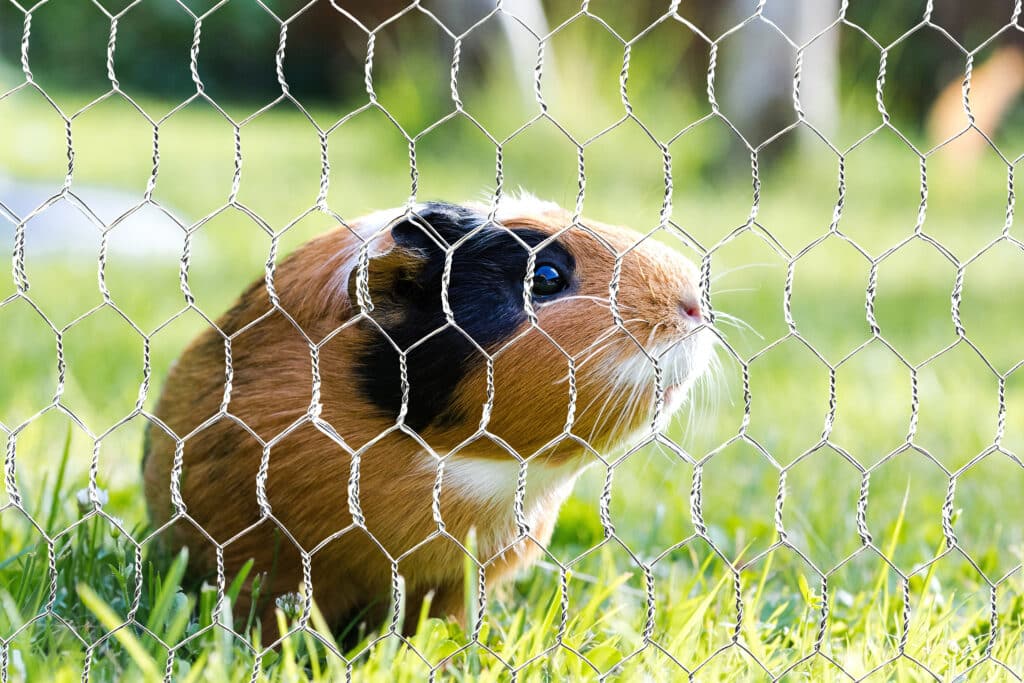
If you’re looking for an easy and affordable way to build a guinea pig cage, mesh is one of the most popular materials used. It can be used to build cages in general and runs for outdoor adventures.
Mesh cages are strong and durable, plus they are much easier to clean since the waste can be dropped straight through the bottom.
Let’s get into it…
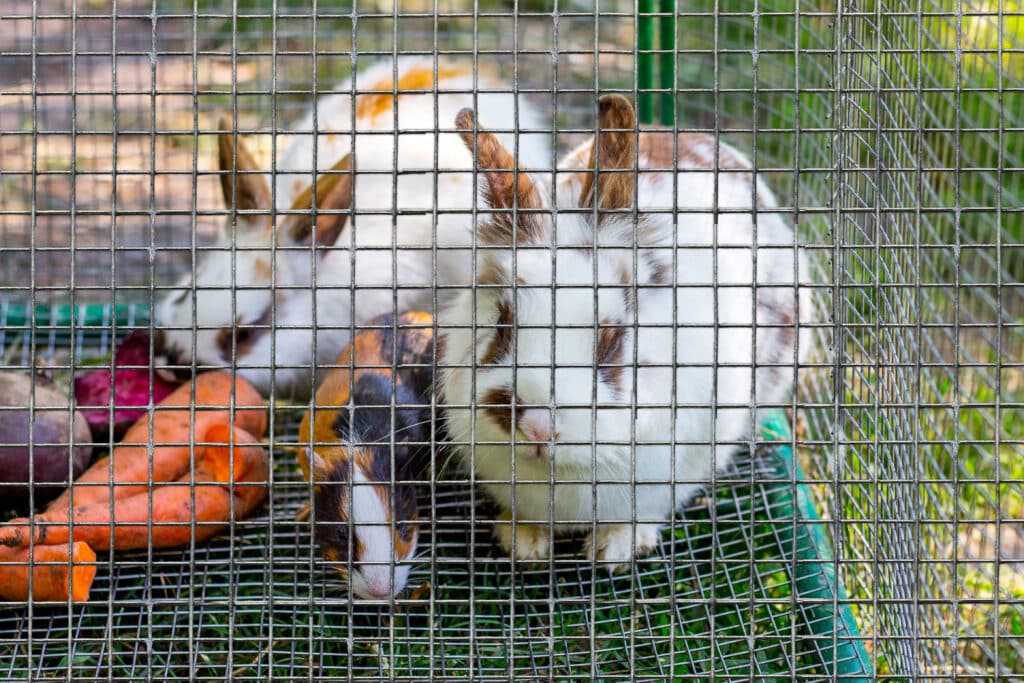
The first step in building your guinea pig cage is to gather all the necessary materials.
You will need the following supplies: welded mesh (preferably galvanized steel), wire cutters, pliers, screws or staples, and a drill. It is also helpful to have gloves and safety glasses while working with metal mesh.
We recommend welded mesh for building cages and chicken wire for outdoor runs. Chicken wire and welded wire are both commonly used for fencing and enclosure purposes, but they have distinct differences in their construction, strength, and applications.
Chicken wire is made from thin wire woven into a hexagonal pattern. It is lightweight and relatively easy to work with, making it a popular choice for enclosing poultry, small animals, and gardens. However, chicken wire is less sturdy and can be more susceptible to damage or sagging over time. On the other hand, welded wire is made from thicker, rigid steel wires that are welded together at their intersections, forming a grid-like pattern. This results in a stronger, more durable fencing material that can withstand greater pressure and resist damage from predators or heavy objects. Welded wire is often used in enclosures for larger animals, security fencing, and other applications requiring added strength and durability.
Once you have your mesh and tools measure out how much mesh you will need according to how large you want your cage to be. Once you have taken your measurements, use wire wire cutters to snip out your desired shape of mesh panels. Make sure that all pieces fit together perfectly before continuing on to assembly.
We suggest that you use 13mm (1/2) welded wire mesh made of galvanised steel.
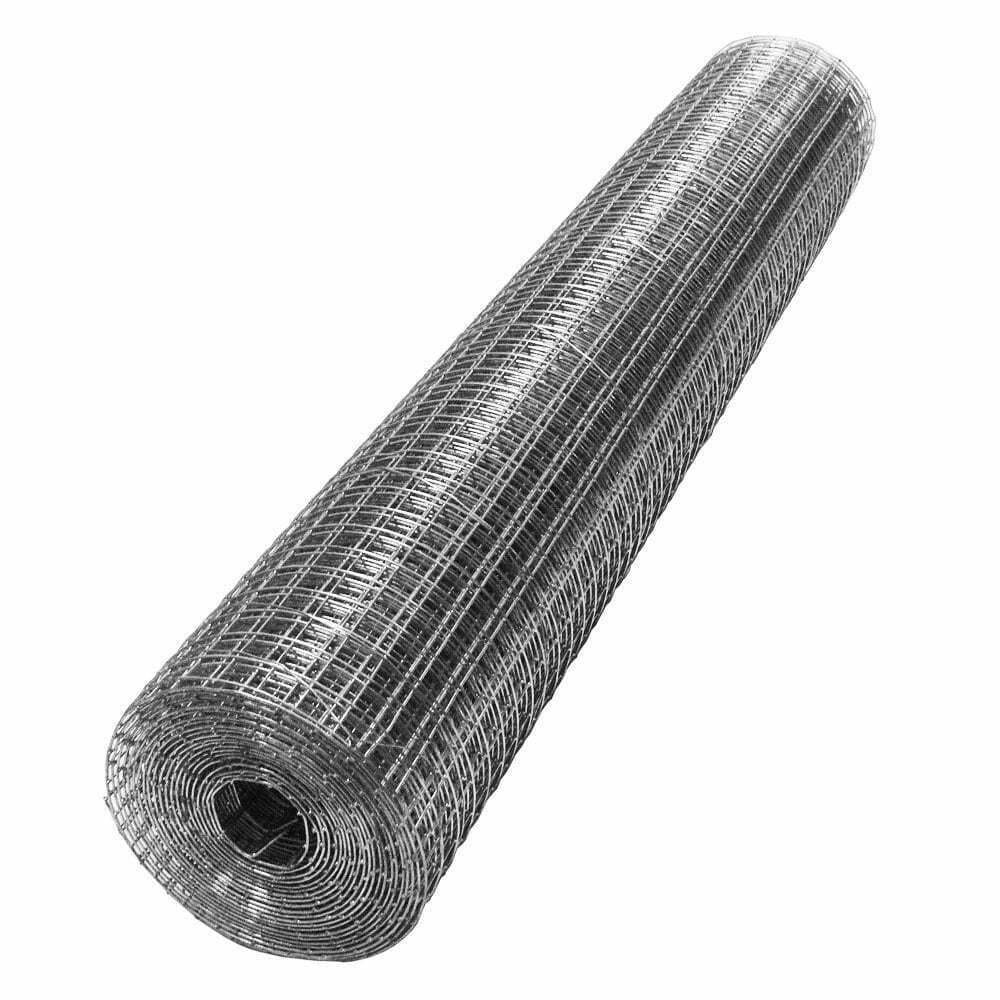
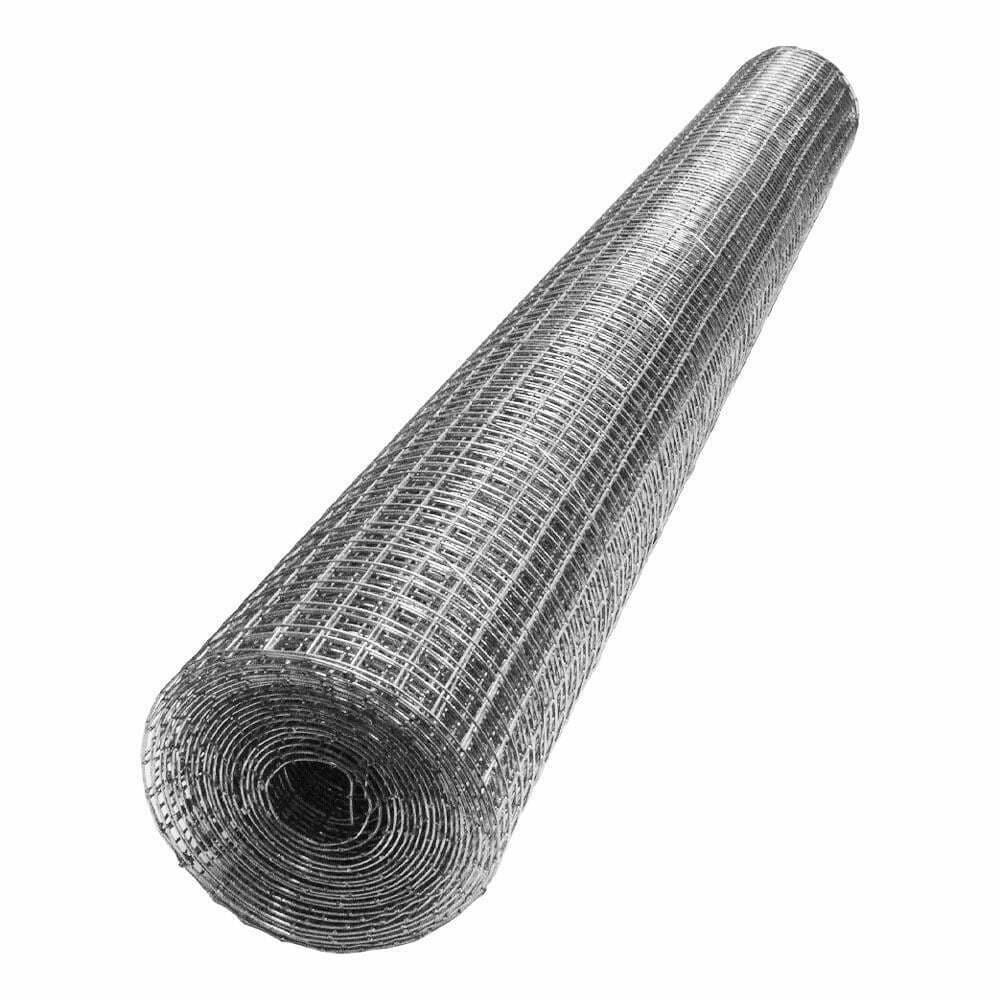
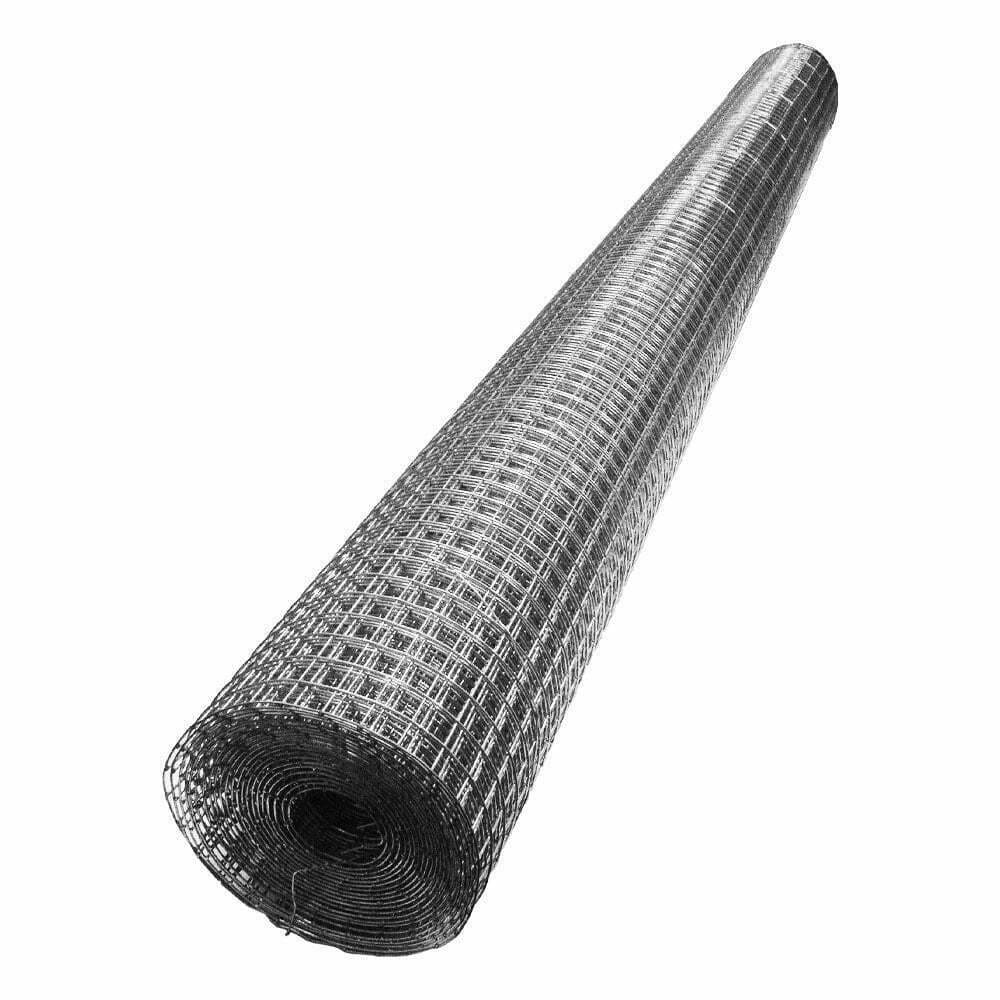
Once all of your pieces are cut out, it’s time for assembly! We are building a mesh structure with a wooden frame.
Create your frame using 2 x 2″, 2 x 4″ or similar. We will produce a separate guide on how to do this at a later date.
Use pliers or wire cutters to bend any edges that may be sharp or jagged from cutting; this is an important step for safety reasons so that your pet does not get hurt by any exposed metal edges. Welded wire mesh can be pretty sharp as it is cut through the apertures.
After all of your pieces are bent over and smooth, use either screws or staples (depending on what type of mesh you purchased) to secure them to the wooden frame.
Place the cut mesh over the wooden frame, aligning the edges of the mesh with the edges of the frame. Make sure the mesh is flat and taut, without any gaps or sagging.
Secure the mesh using fence staples or screws and washers: If using fence staples, use a hammer to drive the U-shaped staples over the welded mesh and into the wooden frame at regular intervals (every 6-12 inches) along the edges and any cross supports.
Now that you’ve attached the mesh to the wooden frame, complete the cage by adding a floor, roof, and any additional sides as needed. Don’t forget to include a secure door for easy access to your guinea pigs, and furnish the cage with hiding spots, toys, and other accessories for your pets’ comfort and enjoyment. We build an enormous guinea pig enclosure at our testing gardens at Laskey Farm in Thelwall, North West.
You may wish to make a simpler structure all together, so that you can bring your guinea pigs out to enjoy the sun, when we actually do have some in the UK. This is what is known as a run rather than a cage.
Making a guinea pig run with chicken wire is a relatively simple process. You will need these items:
Here are the steps:
Determine the size of the run: Before you begin, decide how big you want your guinea pig run to be. Consider the number of guinea pigs you have, as well as the available space in your yard or indoor space.
Purchase materials: You will need The Mesh Company’s chicken wire, wire cutters, pliers, zip ties, stakes, and a hammer.
Cut the chicken wire: Using wire cutters, cut the chicken wire to the desired length and width of the run.
Create the frame: Using the pliers, bend the chicken wire around the stakes to create the frame of the run. You may need to use the hammer to secure the stakes firmly into the ground.
Secure the chicken wire: Use zip ties to attach the chicken wire to the stakes and to itself, creating a secure structure.
Add a roof (optional): If you want to protect your guinea pigs from predators, you can add a roof to the run by attaching chicken wire to the top of the frame.
We suggest using either of the following materials:
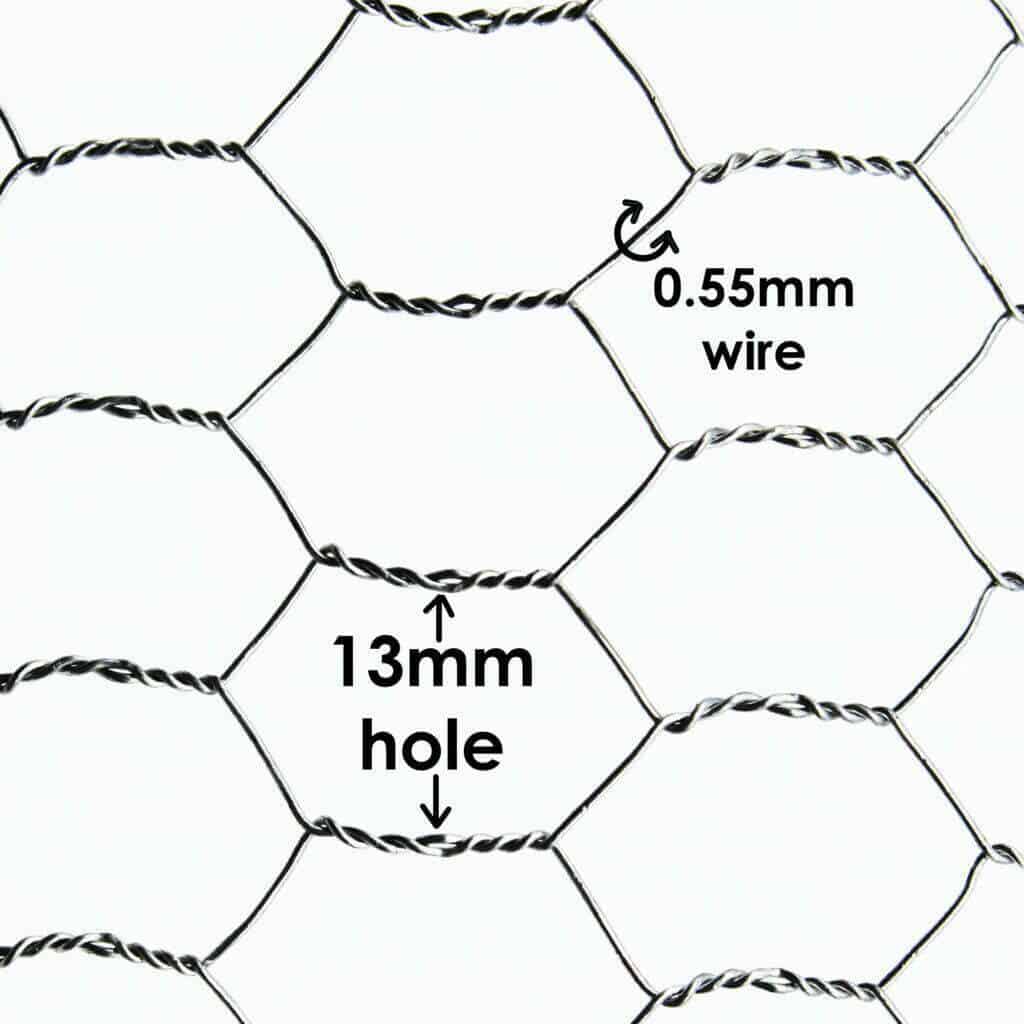
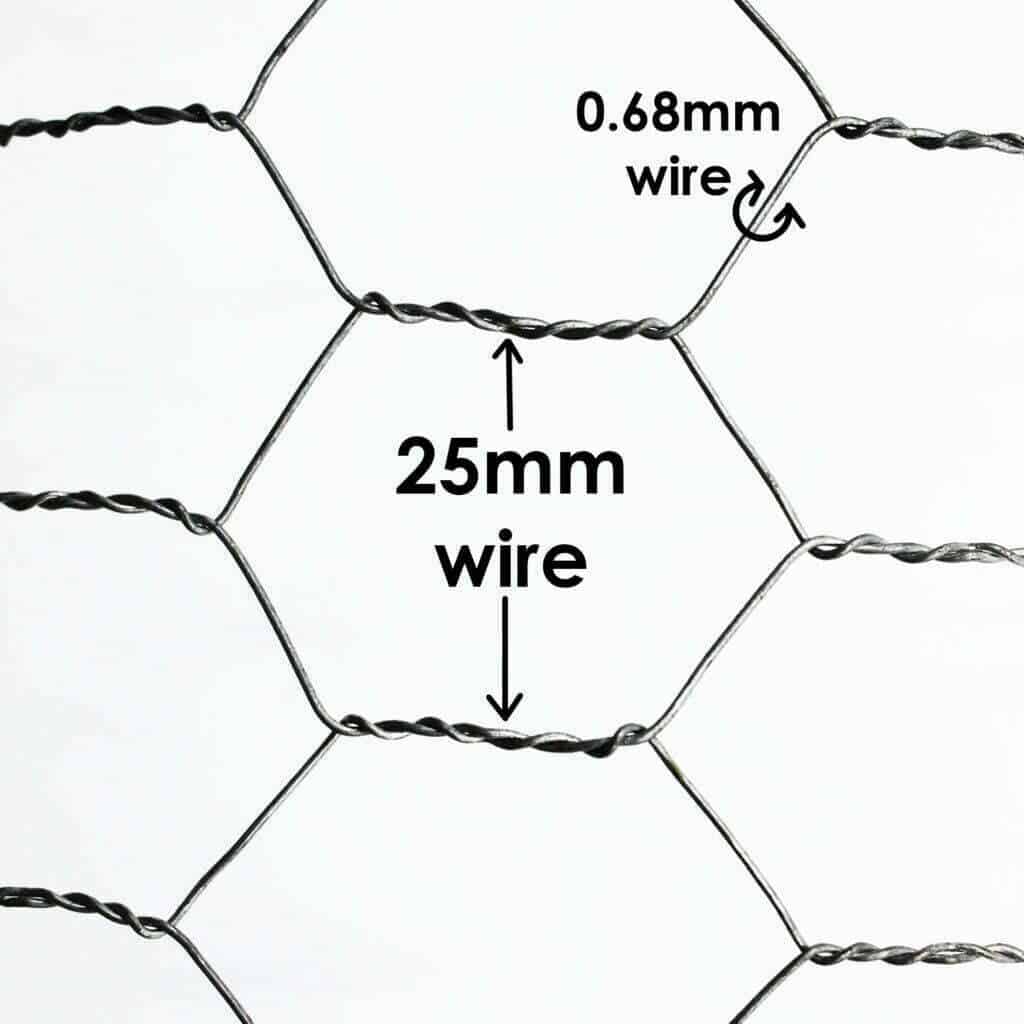
As always, thank you for checking out our blog. We hope that this helps you with your project. We try to launch a couple of new guides every week. Eventually we will have covered everything there is to cover about mesh.
You may be interested in our blog that explores how to build a chicken coop.
Our goal for our blogs and help guides is to answer as many questions as possible to help to explain the possibilities of mesh to our customers. Contact our team today if you have any questions at all. We are always really keen to help in any way that we can.
